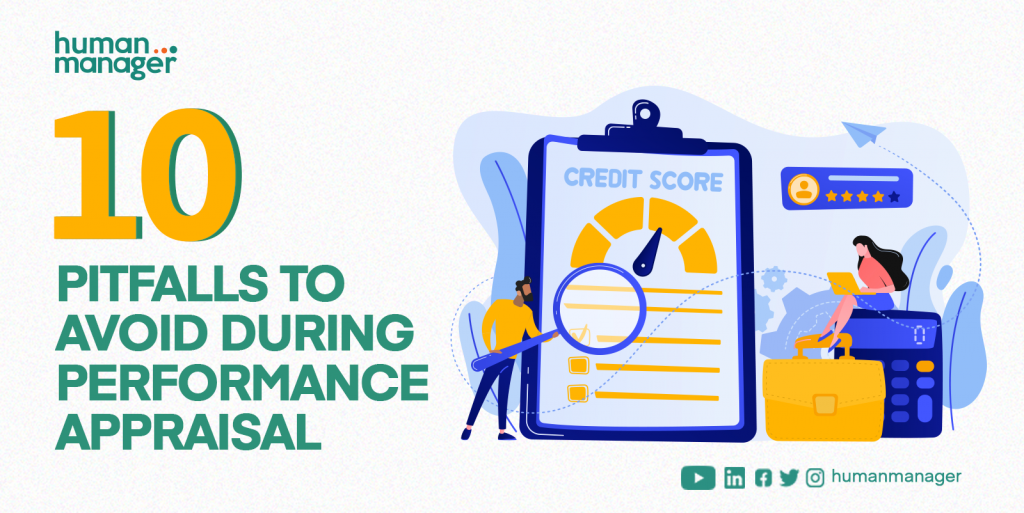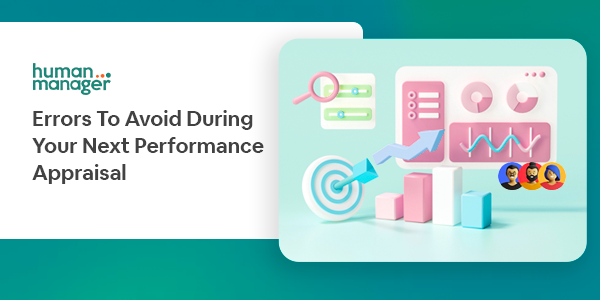By Obinna Kelvin Agomuo
Now performance appraisals have been done and we have already got acquainted with essential steps to take after a performance review. One of the key items to prioritize is goal setting for the next cycle.
Setting goals is a fundamental practice that can drive both personal and professional growth. As employees transition from performance appraisal season, it’s the perfect time to reflect on the insights gained and look ahead. Whether a manager is guiding a team, or an employee is eager to chart their path, effective goal setting can be a game-changer. Here are five proven hacks to set goals that inspire action and lead to success.
1. Align Goals with Company visions
The first step in goal setting is ensuring alignment with the organization’s broader objectives. When individual goals support the company’s visions, employees can see how their functions contribute to the larger picture. This creates a sense of purpose and motivation. For instance, if the organization is focusing on innovation, employees should set goals that encourage creative problem-solving and the development of new ideas.
2. Make Goals SMART
A tried-and-true method for effective goal setting is the SMART criteria. Individual team members’ goals or deliverables must meet with the following to provide clarity and focus.

- Specific – Goals should be clear and specific. Instead of saying “I want to improve my sales,” I could say “I want to increase my sales by 20% in the next quarter”. Clearly define what needs to be achieved. Vague goals lead to vague results.
- Measurable – Ensure the criteria to measure progress can be tracked and the outcome measured. This could be in terms of sales numbers, customer feedback, milestones, or deadlines.
- Achievable – Set goals that are realistic and attainable. Overly ambitious goals can lead to frustration, while too easy goals can lead to complacency.
- Relevant – Ensure that your goals align with your aspirations and the company’s mission. This ensures that efforts are directed towards meaningful outcomes.
- Time-bound – Set a deadline for each goal. This instills a sense of urgency and helps prioritize tasks.
For example, instead of setting a goal to “improve communication skills,” a SMART goal would be “to complete an advanced communication skills training by the end of Q3 and apply the techniques in team meetings.”
3. Break Down Larger Goals into Smaller Tasks
Large goals can often feel overwhelming. Breaking them down into smaller, manageable tasks can make them more achievable. This not only makes the goals feel more achievable but also allows for easier tracking of progress. For instance, if the goal is to increase sales by 20% over the next year, it can be broken down into monthly or quarterly targets.
4. Establish Key Performance Indicators (KPIs)
To ensure that goals are not only set but also met, it’s essential to establish Key Performance Indicators (KPIs). KPIs are measurable values that demonstrate how effectively an individual or team is achieving key objectives. They provide a clear framework for monitoring progress and making data-driven decisions. For example, if an employee’s goal is to improve customer satisfaction, a relevant KPI could be the Net Promoter Score (NPS). Regularly tracking KPIs helps in identifying areas of improvement and ensuring that efforts are on the right track.
5. Consider Personal Development
While professional goals are crucial, it’s equally important to consider personal development goals. These can include improving soft skills, learning new technologies, or enhancing work-life balance. Personal development contributes to overall well-being and can positively impact professional performance. For instance, setting a goal to “finish a stress management course by the end of Q2” can help improve both personal health and workplace efficiency.
Ready to take goal setting to the next level? HumanManager Performance Management system enables capturing of agreed goals through KPI’s, update of KPI progress and other competencies rating. Schedule a Demo now!


